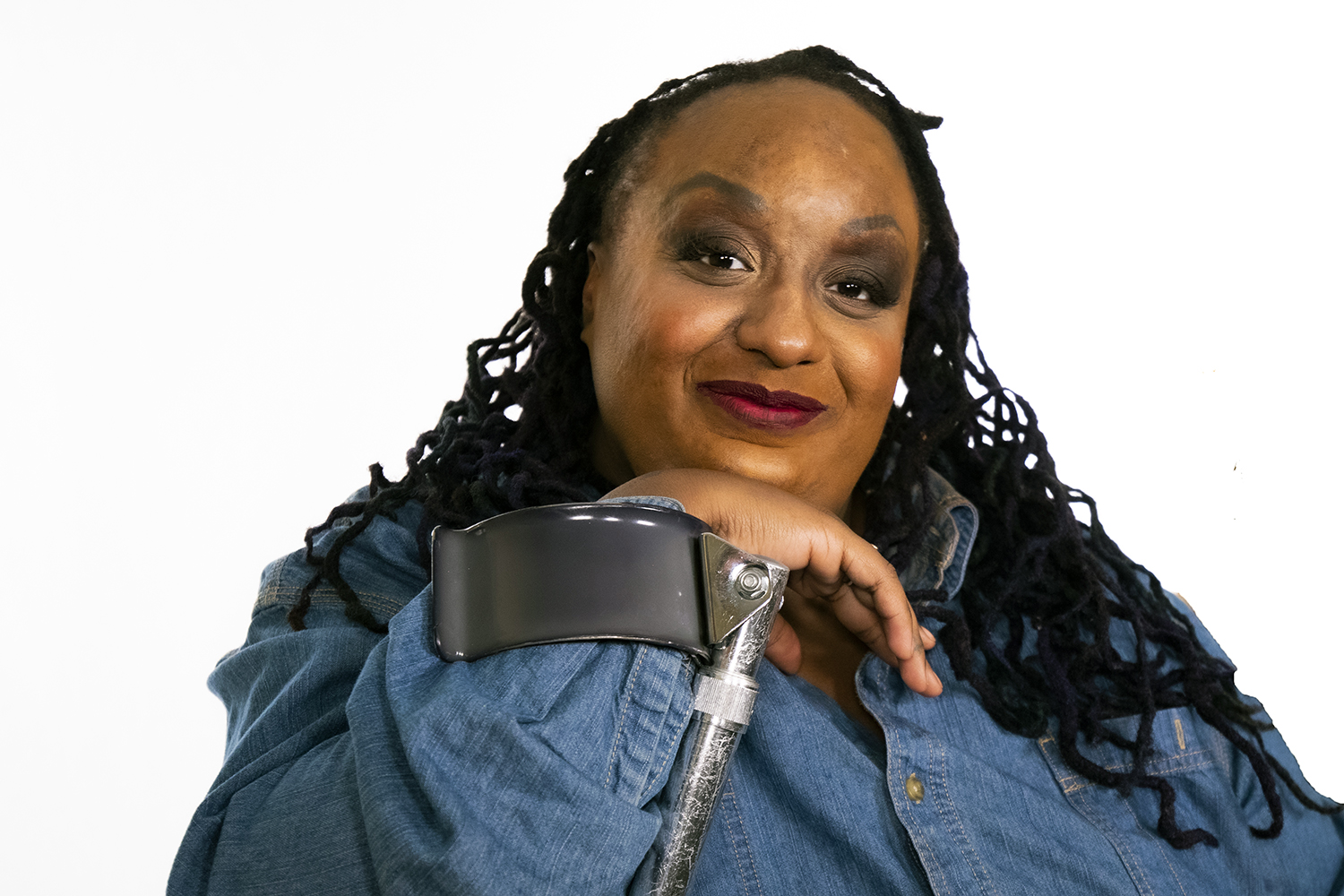
“If people with disabilities voted at the same rate as those without, 2.3 million more disabled voters could have cast their vote in the 2018 election,” shares Imani Barbarin, the show’s host.
In 2008, I booked a national commercial for Liberty Mutual. Reminiscent of a short film, the spot follows my character (a manual chair user) on voting day. She gets ready, her car won’t start, and she catches a bus in the rain. When she arrives at the polling place, she has to duck under a barrier gate to access the building. Once inside, she fills out a ballot while a voiceover says “Every day, millions of people choose to do the right thing. There’s an insurance company that does that, too.”
While the commercial got a lot of things right (like hiring an actual wheelchair user), looking back I notice it’s inspirational porn vibe: “If this woman in a wheelchair can vote, you have no excuse.”
In reality, voting for disabled citizens is more complicated, and a new five-episode online series, Vote for Access, examines that. “If people with disabilities voted at the same rate as those without, 2.3 million more disabled voters could have cast their vote in the 2018 election,” shares Imani Barbarin, the show’s host.
Taking a broad, cross-disability approach, Barbarin, who is a writer, advocate and disabled voter of color, covers inaccessible polling places (only 17 percent nationwide are fully accessible), lack of transportation options, non-functioning electronic voting units, and more in 5-minute episodes that are engaging and empowering.
Mail-in voting, a hot topic that politicians and activists are advocating for because of the COVID-19 crisis and upcoming November election, has long been supported by disabled voters and is also featured in the series.
Produced by Rooted in Rights and Block by Block Creative, Vote for Access, hopes to jump start a national conversation that goes far beyond mail-in ballots to describe the multiplicity of barrier-breaking innovations we will need to make sure every vote counts. As Imani says in the first episode, “Voting is participating, and in a country that so often relegates disabled people to institutions, isolation, and stereotypes, participation is powerful.”
The full series is now available at VoteForAccess.us
** This post was originally published on https://www.newmobility.com/2020/05/vote-for-access-tackles-the-barriers-disabled-voters-face/

